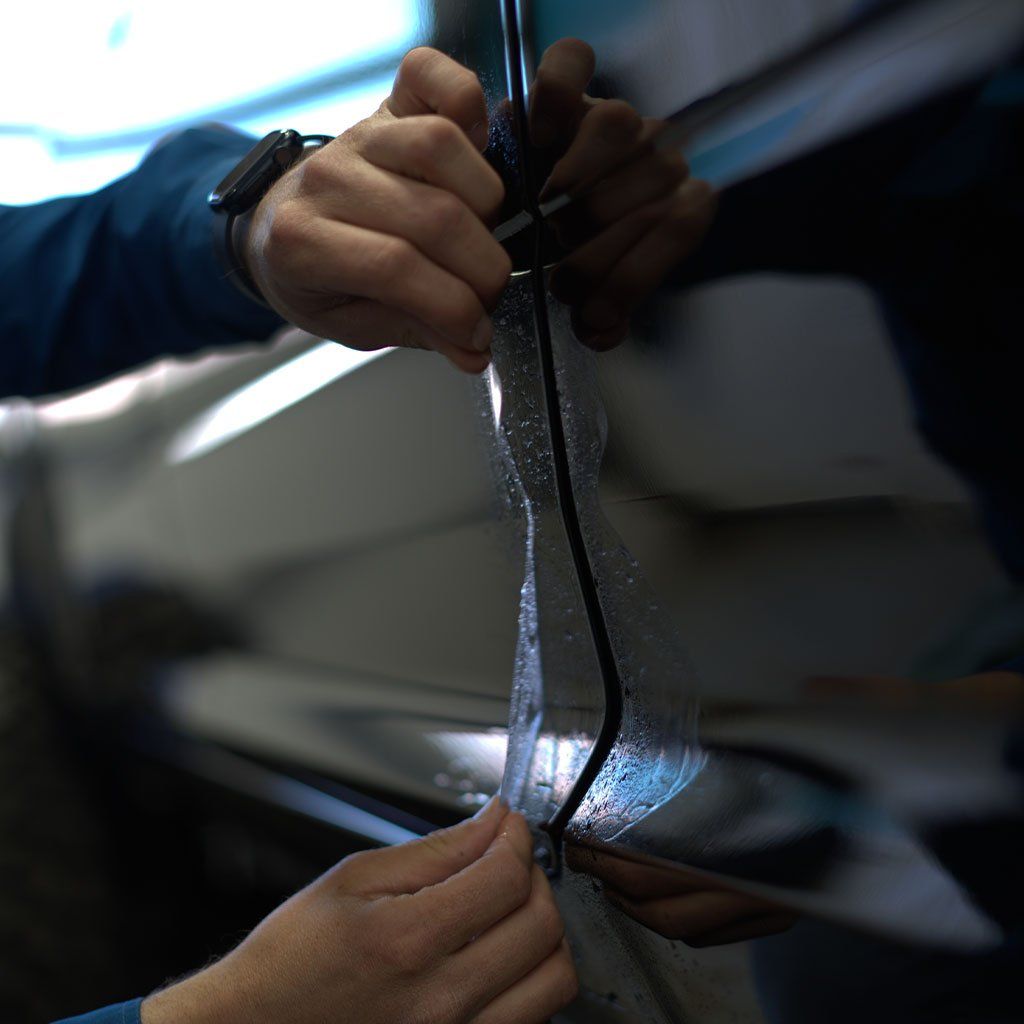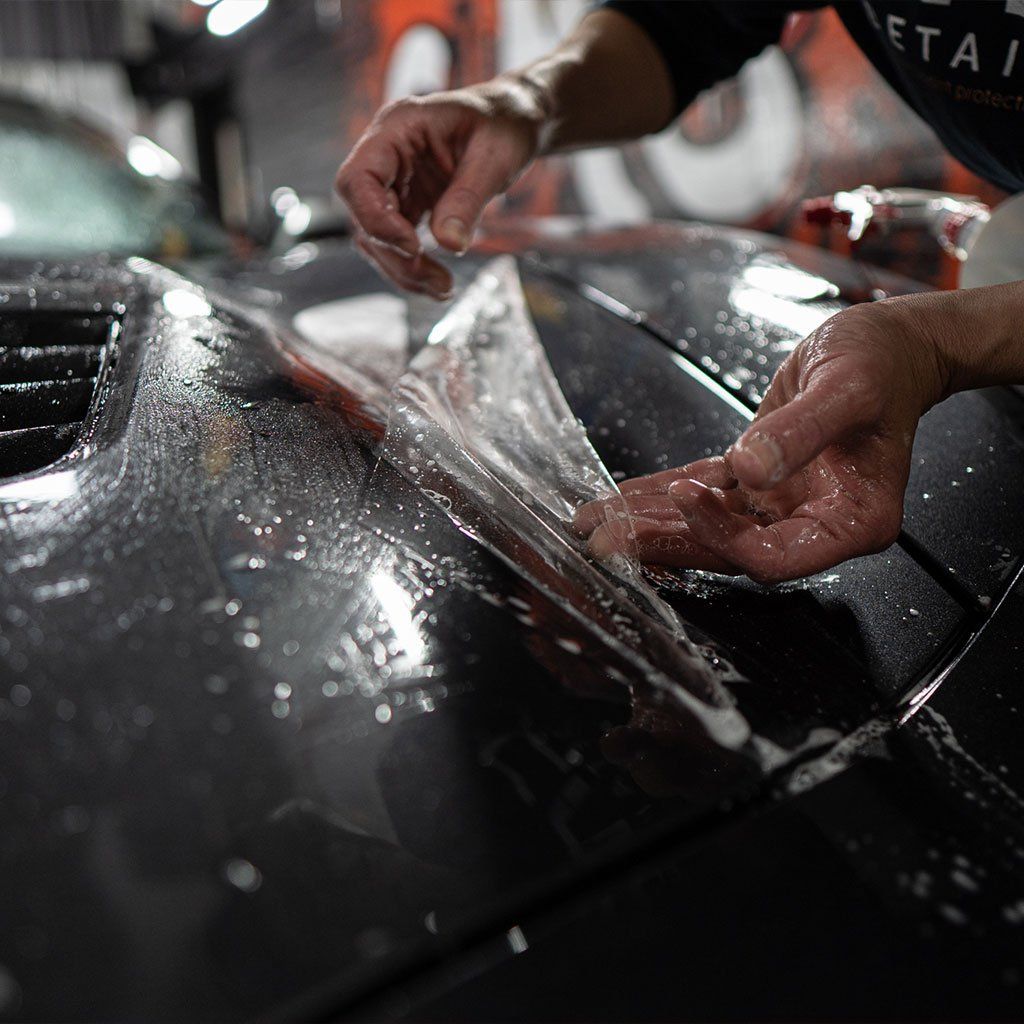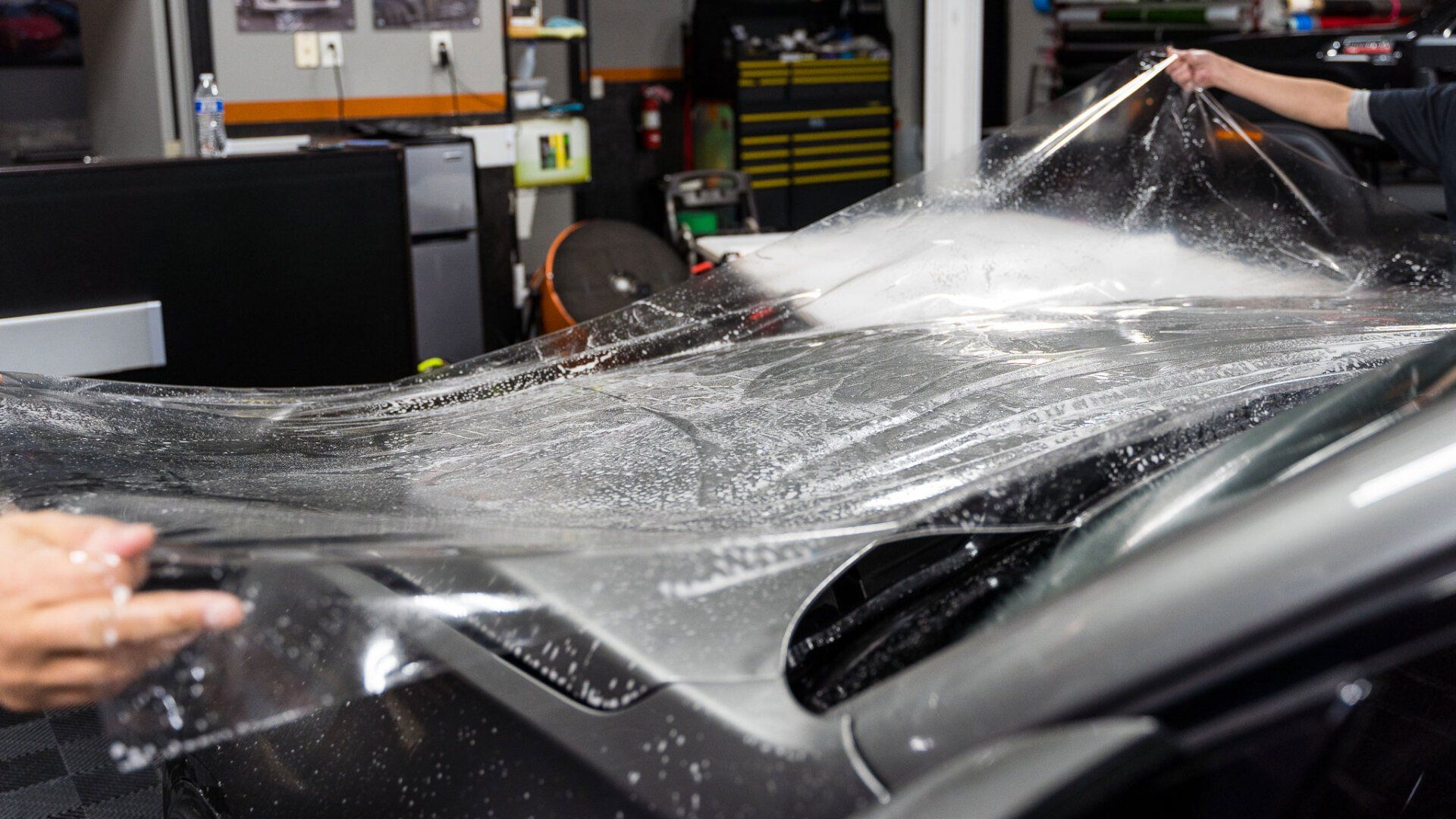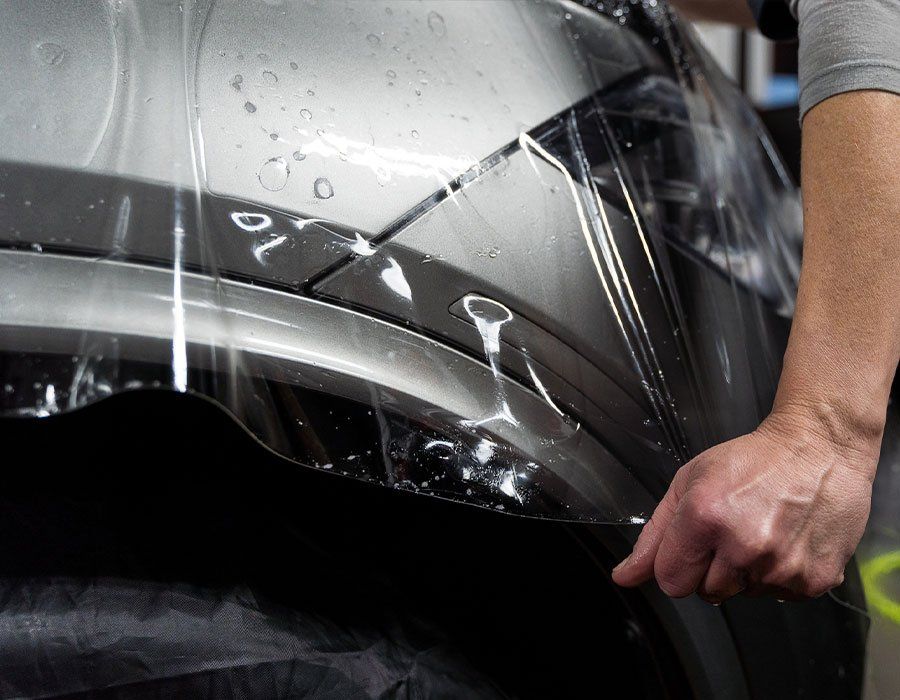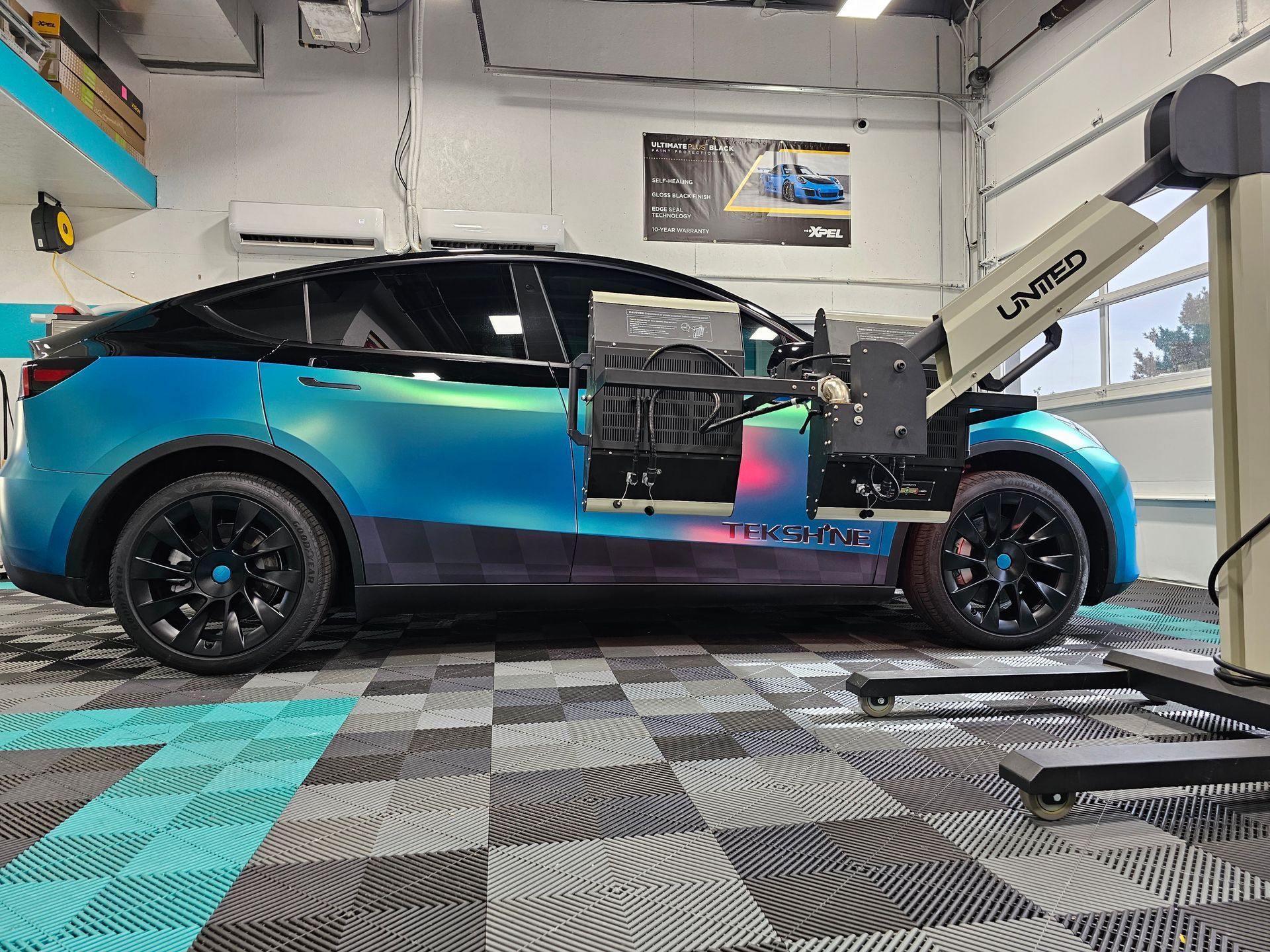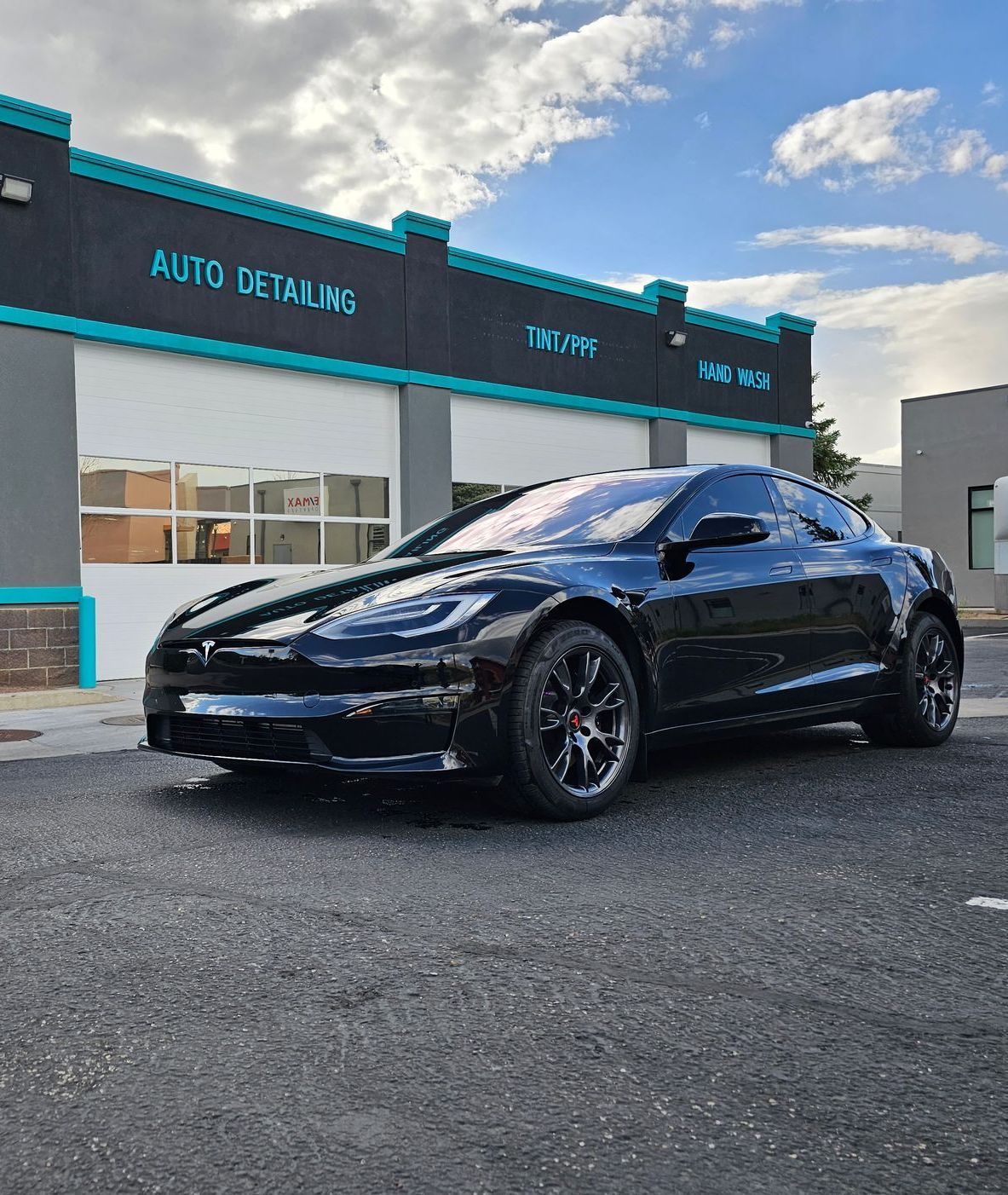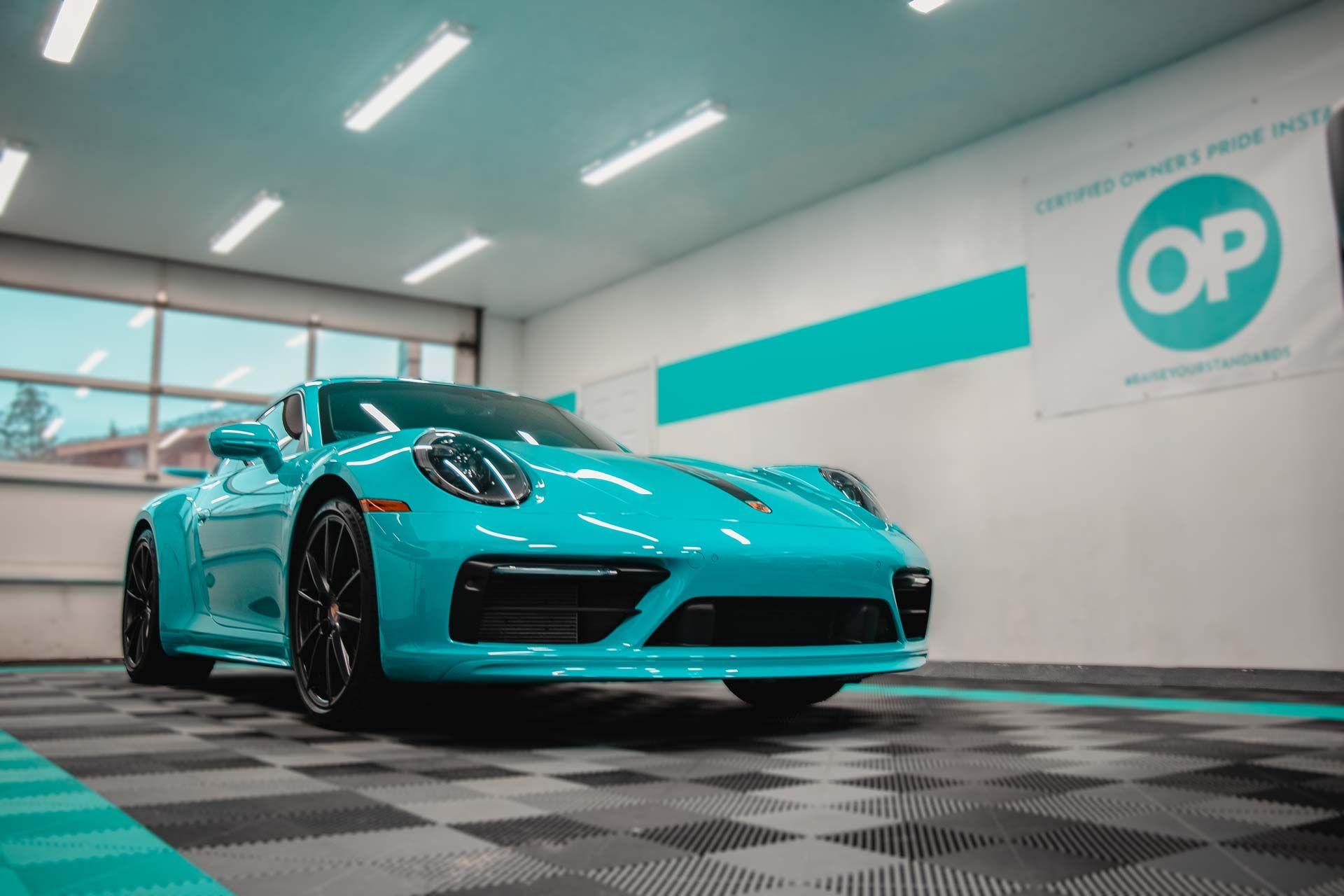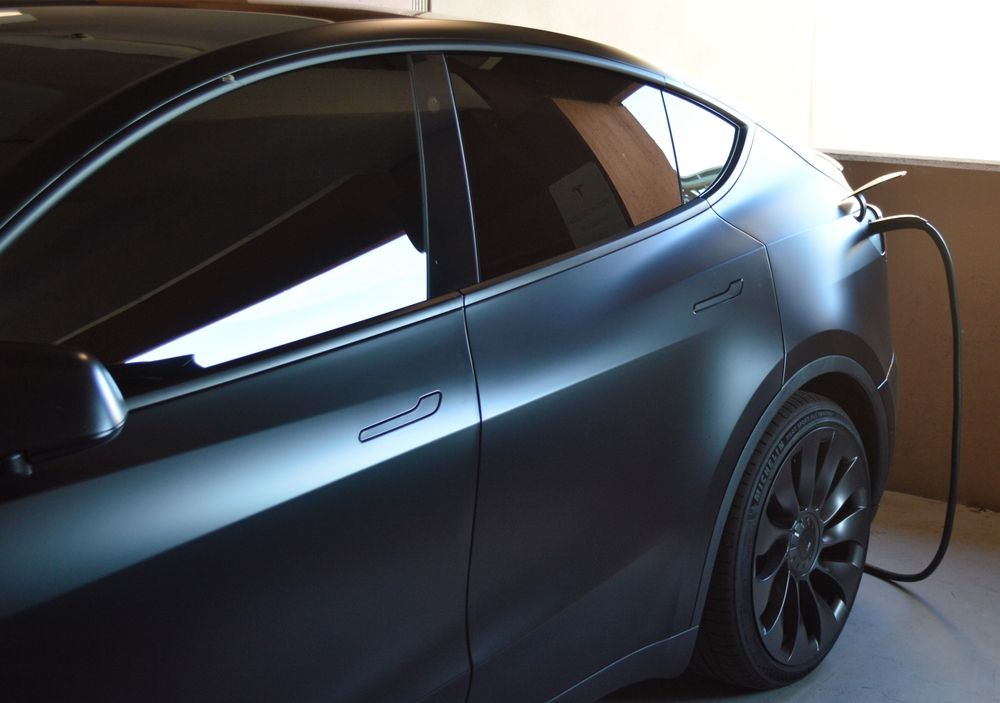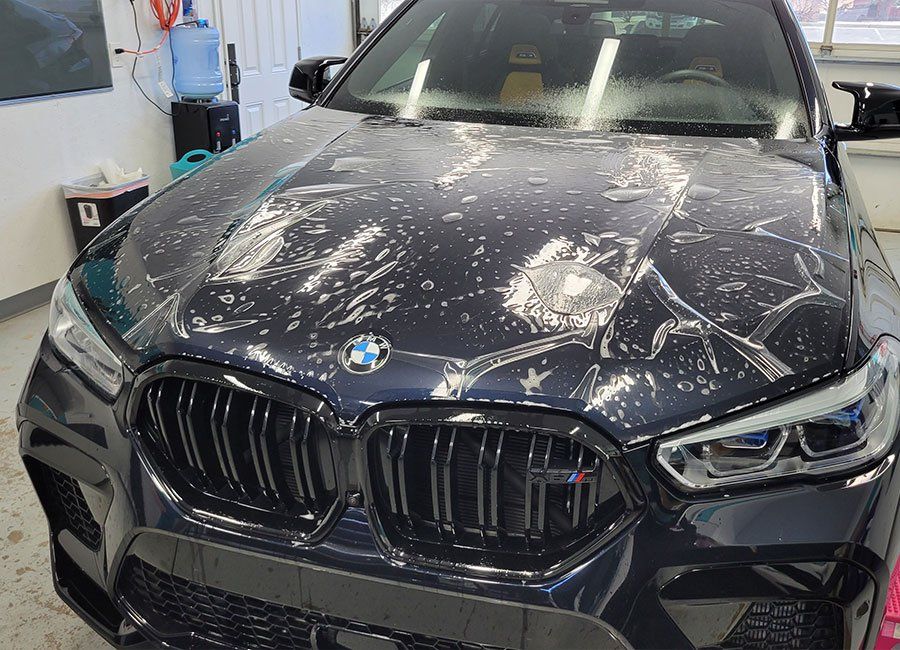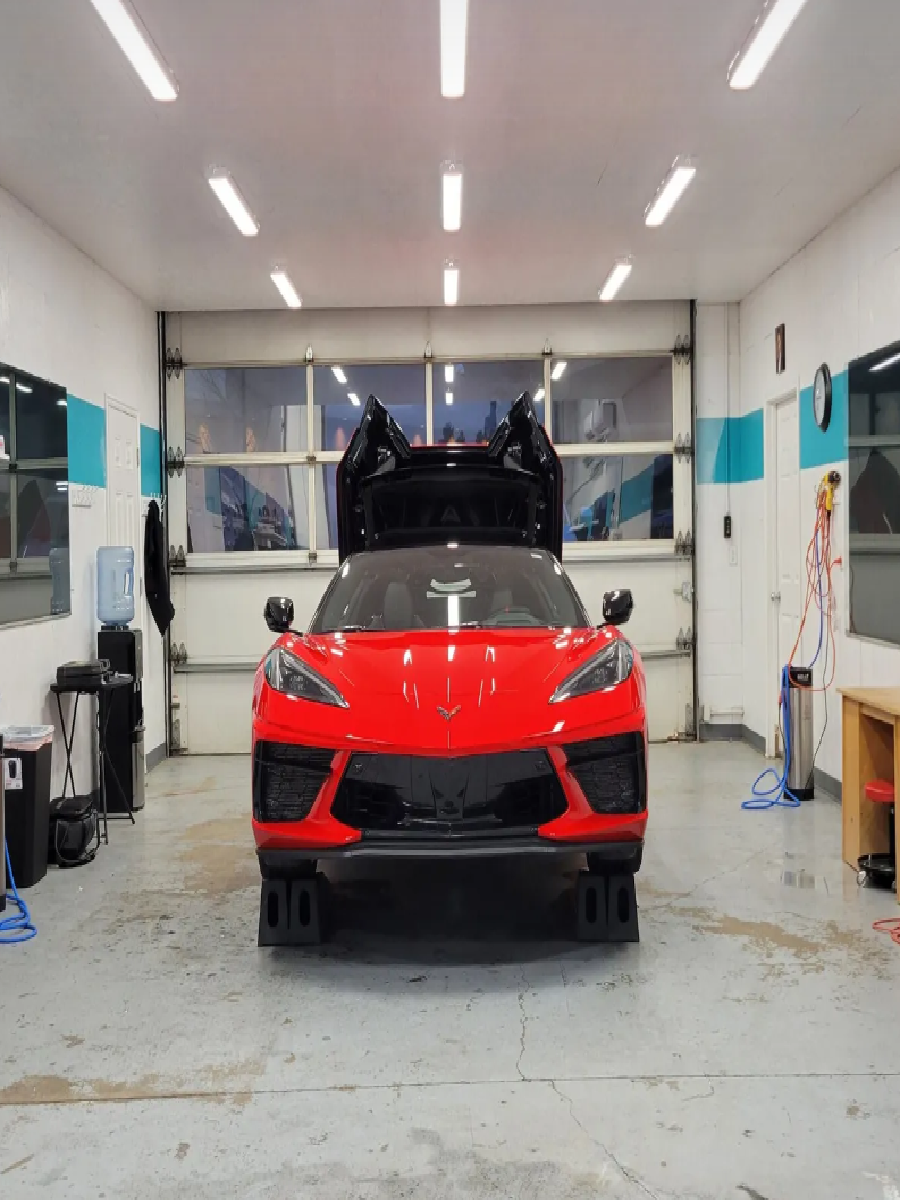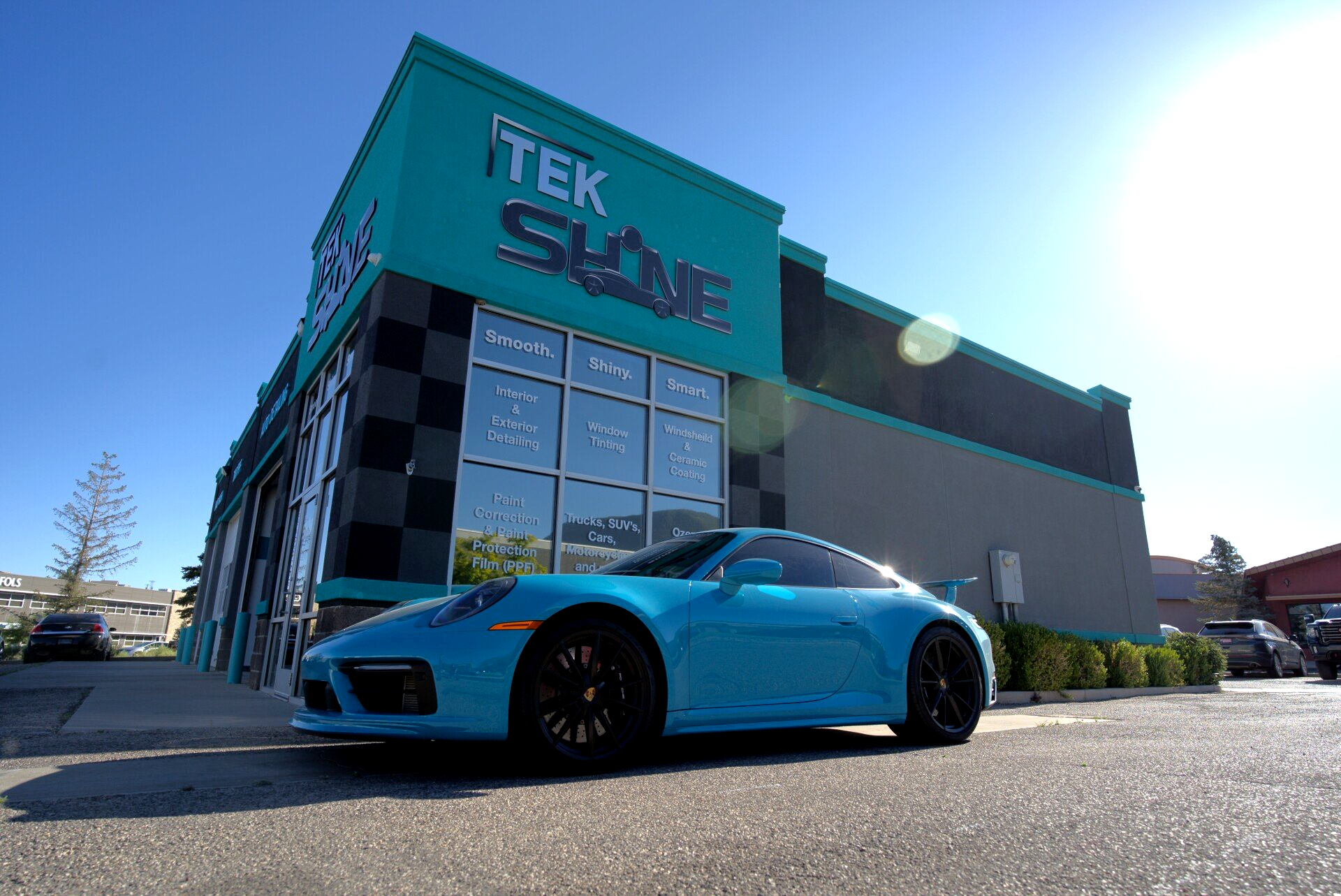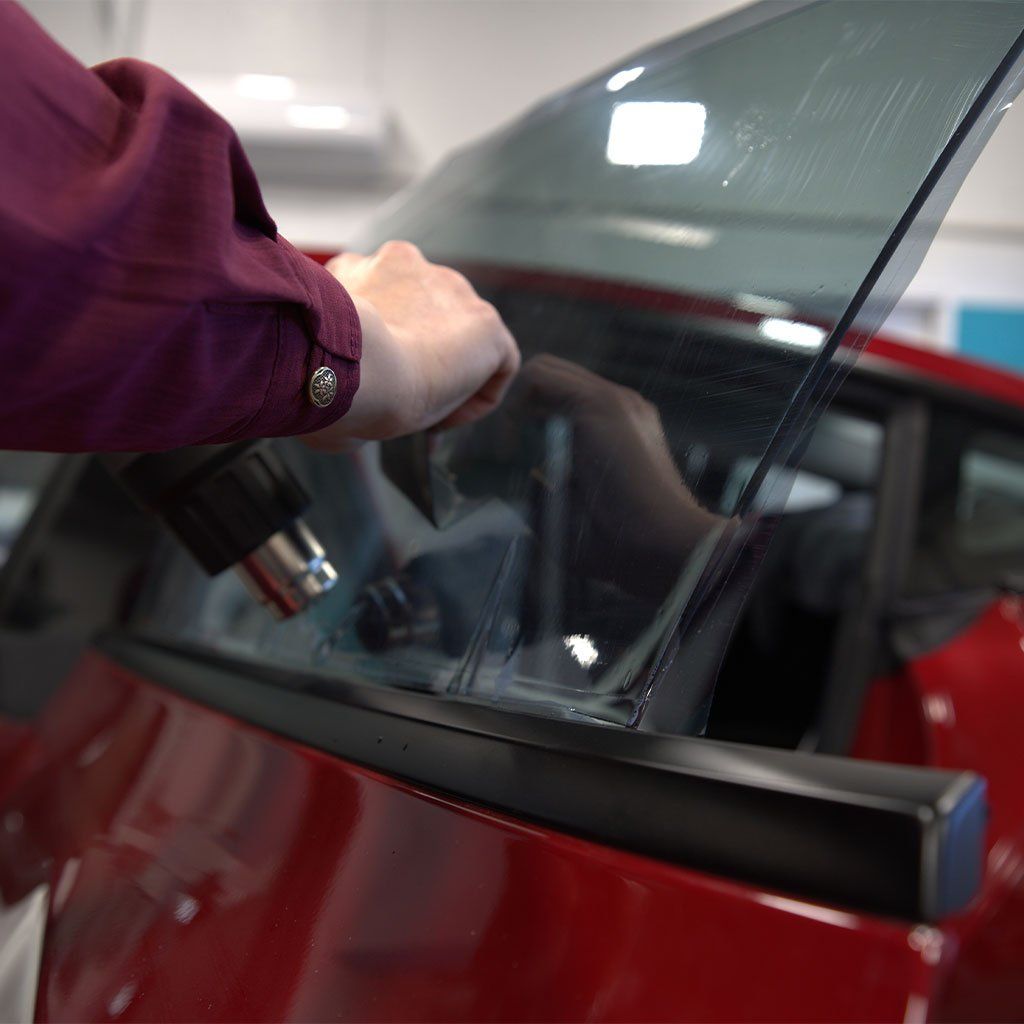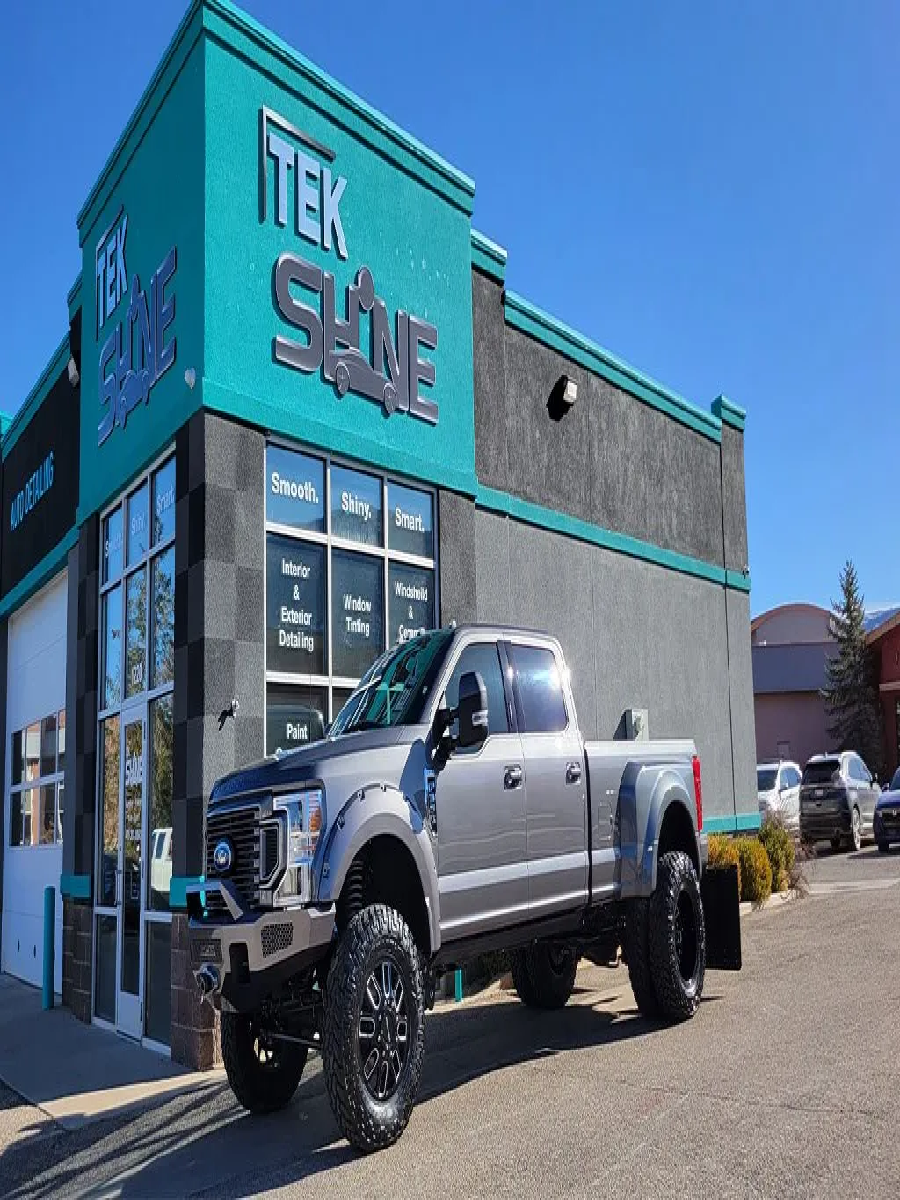Professional Paint Protection Film Installation vs. DIY Installation
CALL (435) 383-8663
Professional experts provide a level of care for car paint protection that a DIY kit cannot match. These professionals use prime materials and specialized tools to deliver a seamless finish that ensures longevity. Despite the apparent simplicity of using pre-cut kits for self-installation, it's common to experience unexpected hurdles, like time constraints and difficult alignment issues, which could potentially lead to less-than-perfect results. So, even though professional service might cost more upfront, the benefits of top-notch, worry-free installation make it an investment worth considering. Now, let's delve deeper into this comparison.
Professional paint protection film installation offers expertise, precision, and high-quality materials, ensuring seamless protection against scratches, UV rays, and more. On the other hand, DIY installation may be time-consuming and challenging for those without experience, potentially leading to improper application and reduced longevity of the protective film.
Professional vs. DIY: Identifying Key Differences
One of the most significant differences between professional and DIY installations is the level of expertise and skill involved. Skilled technicians, who have undergone extensive training, carry out professional installations with access to specialized tools and materials. Their advanced techniques ensure a seamless application and enduring protection for your vehicle's paint. These professionals use precision in application, which is crucial for maximizing the protective benefits of the film. Professionals use top-of-the-line paint protection film materials, offering superior durability and longevity compared to standard consumer-grade options.
On the other hand, DIY installations involve purchasing a pre-cut kit and following the detailed instructions provided by the manufacturer. While this approach may seem cost-effective, it can be time-consuming and challenging for individuals without prior experience working with paint protection film. The DIY process typically requires thorough cleaning and preparation of the vehicle's surface before applying the film. Achieving a seamless finish without visible edges or air bubbles demands skill and practice, making it a potentially daunting task for first-time installers. Without the specialized tools and expertise of professionals, DIY installations may be susceptible to errors such as edge lifting, peeling, or premature wear due to improper application techniques or low-quality film.
Moreover, professional installers can ensure precise alignment and high-quality outcomes due to their extensive training, knowledge, and access to industry-recommended materials. In contrast, individuals undertaking DIY installations may face challenges in obtaining the same level of precision and long-lasting protection as professional installations, despite their best efforts. The experience and technical know-how equip professionals to address potential issues during installation with effective solutions. In comparison, DIY installers may find it challenging to troubleshoot problems that arise during the application process without professional guidance.
The disparities between professional and DIY paint protection film installations extend beyond just the quality of workmanship; they also encompass factors such as costs and long-term results. While professional installations may involve higher upfront costs, they offer reliable protection, preservation of your vehicle's paintwork, and a lower risk of damage during installation. In contrast, DIY installations may appear cost-effective initially; however, mistakes during the application process can lead to additional expenses or the need for replacement film, ultimately affecting the overall investment in paint protection. Ultimately, distinguishing between professional and DIY installations involves considering factors such as expertise, precision, material quality, installation challenges, long-term durability, and cost-effectiveness. Each approach presents unique benefits and considerations that should align with your specific needs and priorities when protecting your vehicle's paint.
Quality of Work: Enhanced with Professional PPF Installation
When you entrust your vehicle to a professional for PPF installation, you're not just paying for their skill—you're investing in peace of mind. With specialized training and experience, professionals know precisely how to apply the film to achieve a seamless finish. They ensure that the edges align perfectly and that there are no air bubbles or imperfections that could compromise the protective film's performance. It's like having a trained artist meticulously apply a protective coat to your vehicle, ensuring not only its aesthetic appeal but also long-lasting durability. Professionals use top-of-the-line paint protection film materials, specifically designed to provide superior protection against UV rays, oxidation, and physical damage. The result is a flawless finish that shields your car from the elements and everyday wear and tear.
Precision and Expertise
Professionals rely on their expertise to navigate the intricate curves and contours of your vehicle's body, ensuring full coverage without compromising the film's integrity. This precise application process guarantees that every square inch of your car receives optimal protection without any vulnerable spots left exposed.
Superior Protection and Longevity
The high-quality paint protection film materials used by professionals offer unparalleled defense against various environmental factors. From preventing discoloration due to UV exposure to resisting chips and scratches caused by road debris, professionally installed PPF ensures that your car's paint job stays pristine for much longer than it would without protection.
Imagine the frustration and disappointment of discovering a chip or scratch on your vehicle's pristine paintwork—both unsightly and potentially costly to repair. By opting for professional paint protection film installation, you spare yourself the worry of such damage, knowing that your car is shielded by durable and reliable protective film. Additionally, the expertise and craftsmanship of professionals significantly reduce the likelihood of premature wear or lifting at the edges of the film, common issues with DIY installations. This superior adhesion ensures that the protective film remains securely in place, maintaining its effectiveness over time. With precision application techniques, top-quality materials, and expert knowledge, professional PPF installation provides a level of protection and longevity that surpasses DIY methods.
Things to Ponder Before a DIY PPF Installation
Embarking on a DIY paint protection film installation requires careful consideration. Much like when an artist prepares their canvas or a chef readies their ingredients, adequate preparation is key. The first aspect to contemplate is the condition of the vehicle's surface. Are there any existing scratches, dings, or imperfections that need to be addressed before applying the protective film? A flawlessly smooth base is essential for a professional-looking finish.
To achieve this, meticulous cleaning and detailing are necessary. Every speck of dust and every drop of residue must be removed to ensure the film adheres seamlessly. Even the slightest particle can create uneven areas or air pockets under the film, detracting from its protective capabilities and aesthetic appeal. Moreover, understanding the challenges of working with PPF material is crucial. It requires precision and patience akin to those of a skilled craftsman. Working with delicate film demands attention to detail and steady hands.
Skillful Application
It's akin to painting a work of art; each stroke of the brush must be deliberate and skillful. The process involves stretching and maneuvering the film over complex curves and edges without creating wrinkles or creases. This requires the practice and finesse that professionals develop over time. For instance, wrapping around the edges of the car is safer than cutting over the paint; it's an exercise in precision that requires expertise and technique. Not paying attention during trimming could cause lasting damage to your car's paint job.
But wait, there's more! Before diving into a full DIY installation, consider practicing application on smaller areas like headlights or side mirrors. This will give you an opportunity to hone your skills and understand how the film reacts to different surfaces before tackling the entire vehicle. In essence, embarking on a DIY paint protection film installation necessitates not only an understanding of the technical intricacies involved but also practical experience and patience to ensure a successful outcome.
Cost Disparity: Professional Service and DIY
When it comes to applying paint protection film, the cost disparity between professional installation and the do-it-yourself approach is an essential factor to consider. Professional installation often involves a higher upfront investment compared to doing it yourself. The cost of professional PPF installation typically varies based on several factors, such as the type of vehicle, quality of film, and specific sections to be covered. These factors significantly impact the overall cost, leading to a potential wide range in pricing. On average, a professional PPF installation for a standard-sized vehicle can range from $500 to $2500, depending on the coverage area and the quality of the film used.
In contrast, opting for a DIY approach might seem more wallet-friendly initially, as it eliminates labor costs associated with professional installations. However, it's crucial to account for additional expenses that may arise from mistakes during the installation process. If errors occur, the need for replacement film may arise, resulting in unforeseen expenses that could exceed the initial savings of a DIY endeavor. Moreover, when considering the cost disparity between professional service and DIY installations, it's essential to acknowledge the quality of workmanship and the level of expertise brought by professionals. Professional installers possess the necessary skills, experience, and tools to ensure precise application without risking damage during installation.
Additionally, professional installations often come with warranties that provide peace of mind and long-term protection for your vehicle's paintwork. This warranty coverage offers reassurance against potential issues post-installation, further adding value to the overall cost-effectiveness of professional PPF applications. Ultimately, while DIY installations may seem budget-friendly at first glance, the potential for errors during installation can lead to additional expenses or reapplication needs. In contrast, professional installations not only offer reliable protection but also minimize the risk of damage during application, preserving your vehicle's aesthetic appeal in the long run. Considering these factors, it's crucial for car owners to weigh the long-term benefits and potential risks associated with both approaches before making a decision.
The Ultimate Guide: Pros, Cons, and Financial Considerations
When it comes to choosing between professional paint protection film installations and DIY methods, several factors should be considered. The first step is to understand the distinct advantages and disadvantages of each approach.
Professional Paint Protection Film Installation
Professional installations offer numerous advantages that extend beyond just cosmetic appeal. One crucial benefit is the increased durability and resistance to physical damage over time. Precise application techniques and the use of top-quality PPF materials achieve this. Consider the analogy of professional installation being similar to a tailored suit—each piece of film is custom-fit to your car's contours, ensuring complete coverage with no visible edges or air bubbles. Just like how a tailor ensures the suit fits perfectly, professionals have the training, tools, and knowledge to ensure high-quality installations.
DIY Paint Protection Film Installation
On the other hand, while DIY installations may seem initially cost-effective, they come with their own set of challenges. Proper application techniques are crucial for avoiding edge lifting, peeling, or premature wear, especially when using lower-quality film. It's akin to a DIY home painting project; with careful preparation and attention to detail, you can achieve satisfactory results. However, without expertise and suitable tools, achieving a seamless finish may be more challenging.
Now that we've explored the key points, it's crucial to deeply understand these factors before making a decision. The long-term protection and preservation of your vehicle's exterior should be your ultimate priority. In weighing the pros and cons of professional PPF installation versus DIY methods, one must weigh not only the financial implications but also the long-term protection benefits. By making an informed choice based on these factors, car owners can ensure optimal care for their beloved vehicles.
Professional Paint Protection Film Installation in Cedar City, UT
Shield your vehicle's pristine paint finish from chips, scratches, and road debris with TekShine's professional paint protection film installation service in Cedar City, UT. Our expert technicians meticulously apply high-quality protective films tailored to your vehicle's contours, ensuring seamless coverage and invisible protection. Don't let the hazards of the road tarnish your car's beauty—trust TekShine to safeguard its appearance and resale value. Schedule your installation today and enjoy peace of mind knowing your vehicle is shielded by the best in the industry. Call us at
(435) 383-8663!

